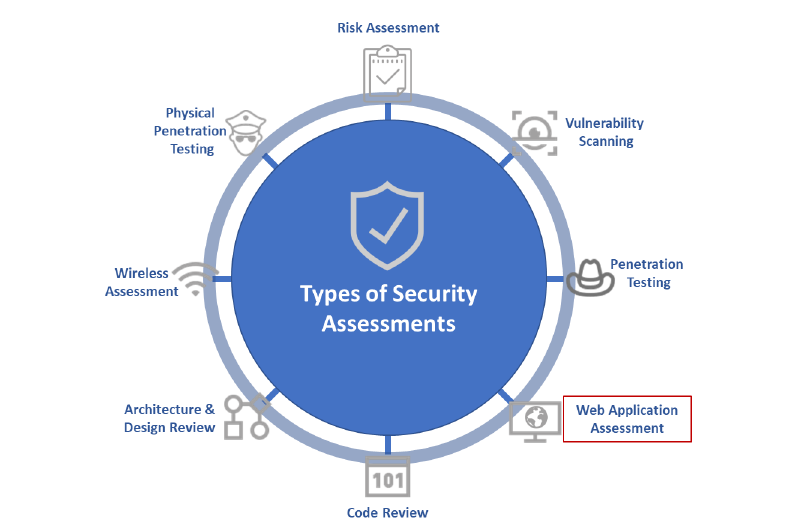Security, Identity, and Compliance on AWS. AWS provides services that help you protect your data, accounts, and workloads from unauthorized access.
AWS data protection services provide encryption and key management and threat detection that continuously monitors and protects your accounts and workloads.
Here at Ibmi Media, as part of our Server Management Services, we regularly help our Customers to perform AWS related queries.
In this context, we shall look into how to create a virtual machine using Lightsail in AWS.
How to resolve AWS security vulnerabilities ?
Below are some of the most common challenges of AWS security. Also, you will learn how to fix them accordingly.
1. Prioritizing a Security Strategy Ahead of Controls and Tools
Firstly, we need to prioritize cloud security. Then we need to put the tools and controls in place.
Establishing the security strategy is more important.
The strategy should come first so that when assessing a control or tool, you can better determine if and how it supports your strategy.
2. Overcoming the Lack of Security Visibility in the Cloud
Since there are enormous cloud users, having varying logins and controls, it is hard to know at all times who is accessing what and where across the organization and, even more importantly, if any of the activity is malicious or anomalous.
So the lack of security visibility becomes more magnified when there is no security strategy supporting the implementation and management of these applications.
Here are the steps that we follow to improve the visibility of AWS:
i. Taking an inside-out perspective – We need to focus more on what is happening on a host or workload.
ii. Going beyond logs – Logs only provide a narrow view of what is going on. The network-based intrusion detection (NIDS) does not give you much to work with after a compromise. That is where host-based intrusion detection (HIDS) comes into play.
iii. Protect against the insider threat – If any problem arises, it is very important to understand all the bad actors. Sometimes, it can be an internal issue.
3. Improving Confidence in Cloud Provider Security
Even though AWS offers many useful out-of-the-box security tools and configurations, such as AWS CloudTrail and Amazon Cloud Watch for logging and monitoring, it is important to protect data within sensitive workloads.
4. Defining Who is Liable to fix AWS issues
Liability is very important because when a security incident occurs, you need to know who is responsible so you can take appropriate action.
5. Understanding Why Attackers are Attracted to the Cloud
Companies trust a lot of sensitive data to cloud service providers like AWS. Credential theft is the main reason for many security incidents.
Here are different ways to protect the credentials and data:
i. Turning on multi-factor authentication (MFA).
ii. Monitor for anomalous logins using continuous security monitoring.
iii. Implementing a logging service at the host level.
iv. Using AWS Secrets Manager or a different secrets management system to rotate credentials.
6. Securing Containers in AWS to tackle security issues
Securing the container network is one of the biggest issues when using AWS. This is due to the lack of context that the VPC has for any overlay network running on top.
Amazon Security Groups apply security policies to each cluster but are unable to do this with individual pods. When your business is attempting to troubleshoot or to gain better visibility into communications, insight will stop at the traffic between the hosts in the cluster rather than the pods resulting in security blind-spots.
So, you need two solutions to control your cloud-hosted network. One handles your VM policies, while another governs your containers.
[Need urgent assistance in handling AWS security issues – We are here to help you. ]
Conclusion
This article will guide you on how to create a virtual machine using #Lightsail in AWS.
AWS Cloud Compliance enables you to understand the robust controls in place at AWS to maintain security and data protection in the cloud.
The IT infrastructure that AWS provides to its customers is designed and managed in alignment with best #security practices and a variety of IT security standards.
AWS WAF is a web application #firewall that helps protect your web applications or APIs against common web exploits that may affect availability, compromise security, or consume excessive resources.
List of AWS Limitations:
1. #AWS service limits. AWS service limits are set by the platform.
2. Technology limitations. An exceptional characteristic of this limiting factor is that it can be applied to all Cloud services, not just on AWS.
3. Lack of relevant knowledge by your team.
4. Technical support fee.
5. General Cloud Computing issues.
This article will guide you on how to create a virtual machine using #Lightsail in AWS.
AWS Cloud Compliance enables you to understand the robust controls in place at AWS to maintain security and data protection in the cloud.
The IT infrastructure that AWS provides to its customers is designed and managed in alignment with best #security practices and a variety of IT security standards.
AWS WAF is a web application #firewall that helps protect your web applications or APIs against common web exploits that may affect availability, compromise security, or consume excessive resources.
List of AWS Limitations:
1. #AWS service limits. AWS service limits are set by the platform.
2. Technology limitations. An exceptional characteristic of this limiting factor is that it can be applied to all Cloud services, not just on AWS.
3. Lack of relevant knowledge by your team.
4. Technical support fee.
5. General Cloud Computing issues.












